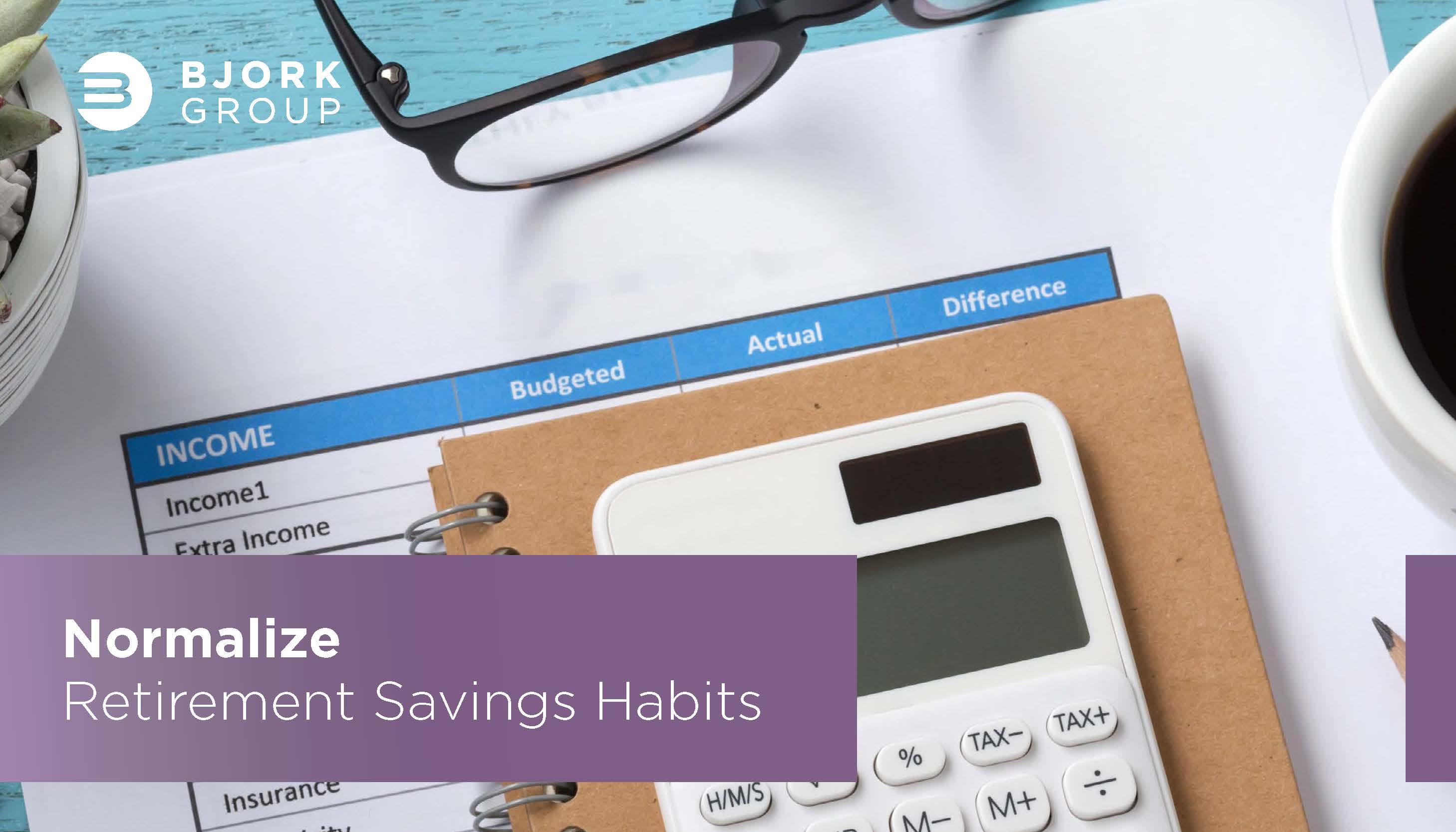Stop Retirement Savings Setbacks
- Bjork Group

The global pandemic has had a staggering effect on the economic lives of millions, driving them to actions that could have long-lasting effects on their retirement savings.
Facing unprecedented strain caused by the COVID-19 crisis, individuals who lack adequate emergency savings are turning to retirement plans to address their financial shortfalls.
Additionally, hardship withdrawals have been made easier by the passage of the 2020 Coronavirus Aid, Relief, and Economic Security (CARES) Act. The Act expanded distribution options, offered favorable tax treatment for coronavirus-related distributions from eligible retirement plans and relaxed payback options for those who met specific criteria.
A reported six percent of retirement plan holders took advantage of at least one CARES Act provision offered by the plan. Of these withdrawals, 21% took the maximum amount allowed under the Act ($100,000 or 100% of the vested balance).




